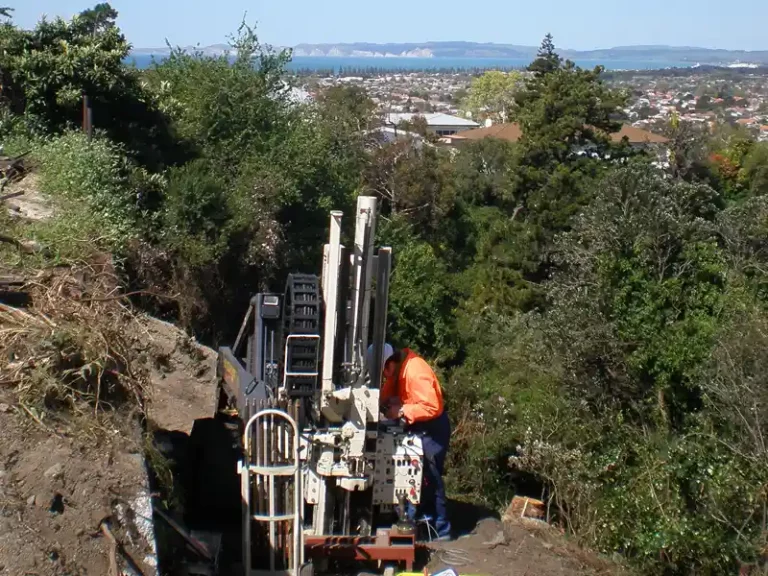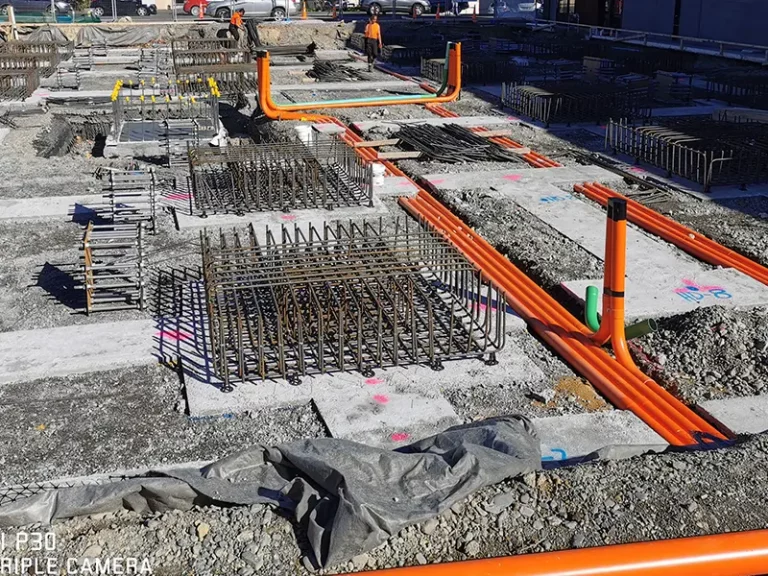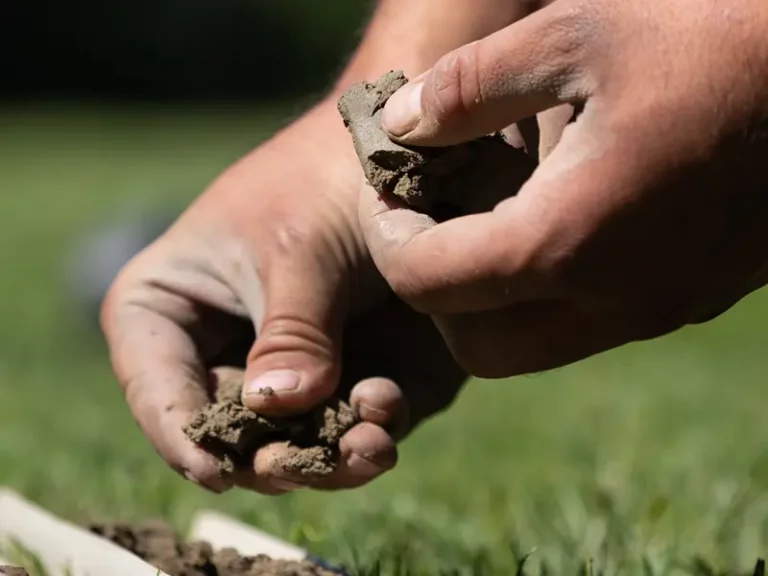Slope Stability
Re-shaping large soil and rock masses around new infrastructure often requires cuts or excavations. These new slopes are at risk of collapse, sliding, rotation or slow creeping, and constitute one of the most hazardous geotechnical risks during a construction project. Natural slopes are also suspectable to failure, especially with the frequency of heavy rain events saturating soils causing landslides. Mines and quarries have their own risks and operating parameters with which RDCL is intimately familiar.
Slope stability involves static and dynamic assessments. Many factors attribute to stability; fractured rock is controlled by fractures and discontinuities, soils are controlled by cohesiveness, shear strength, friction angles and soil types. Ground water and surface water flow also contribute to stability. All these forces and factors require site assessment and modelling.
RDCL teams of geologists, geotechnical engineers and geophysicists obtain site specific data used to inform the assessment and design of remediation and stability measures to help ensure sites are de-risked for the future.



